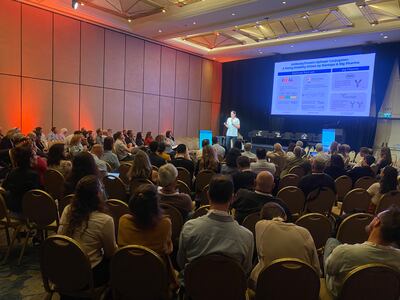Parkinson’s disease affects over 10 million people, a huge market that has no disease modifying treatments. Our aging population will catalyze this unmet need, and Datamonitor Healthcare forecasts the number of prevalent cases of PD to increase by 30.8% worldwide between 2018 and 2027.
Key Takeaways
-
By 2031, the Parkinson’s disease market in the US, Japan and five major EU markets is forecast to reach just over $6bn.
By 2031, the market in the US, Japan and the five major EU markets is forecast to reach just over...
Welcome to In Vivo
Create an account to read this article
Already a subscriber?







